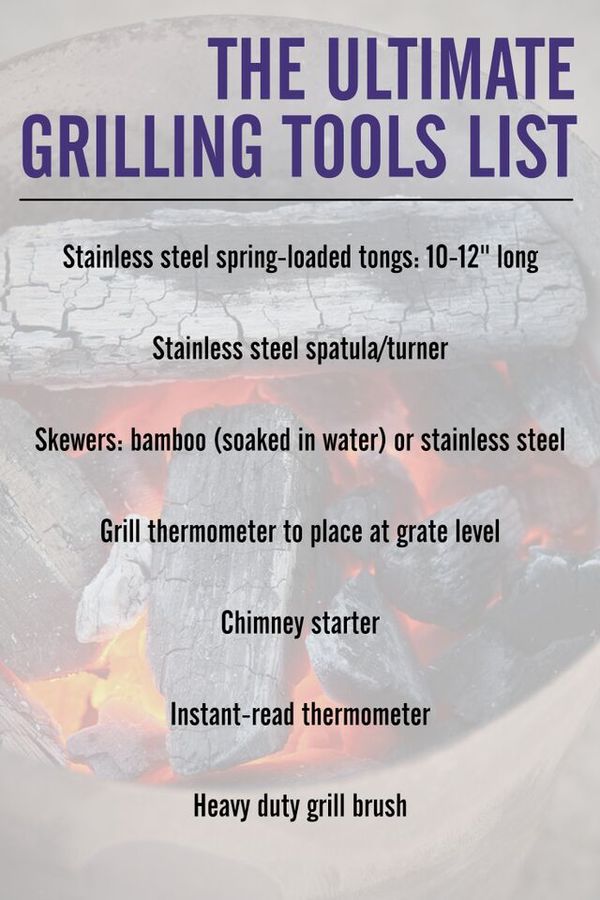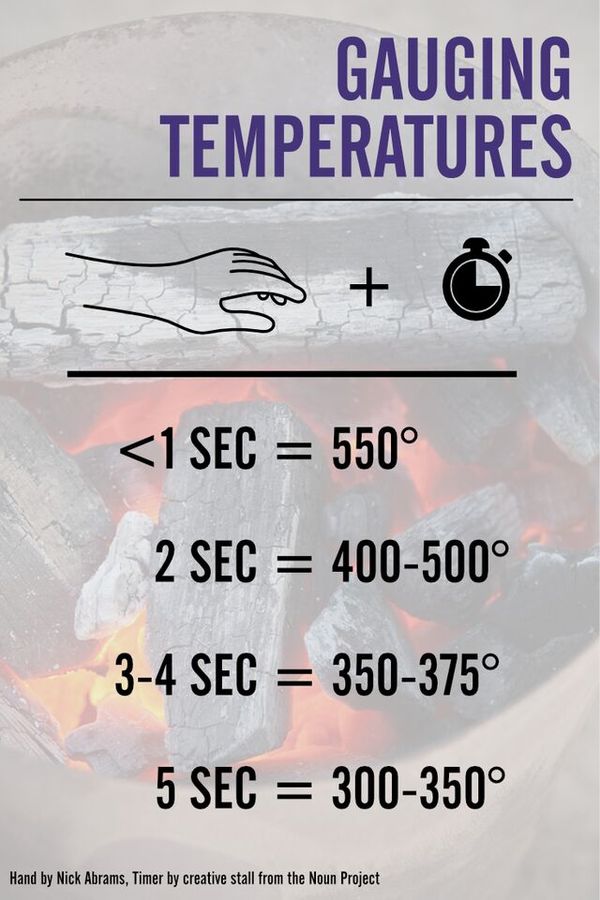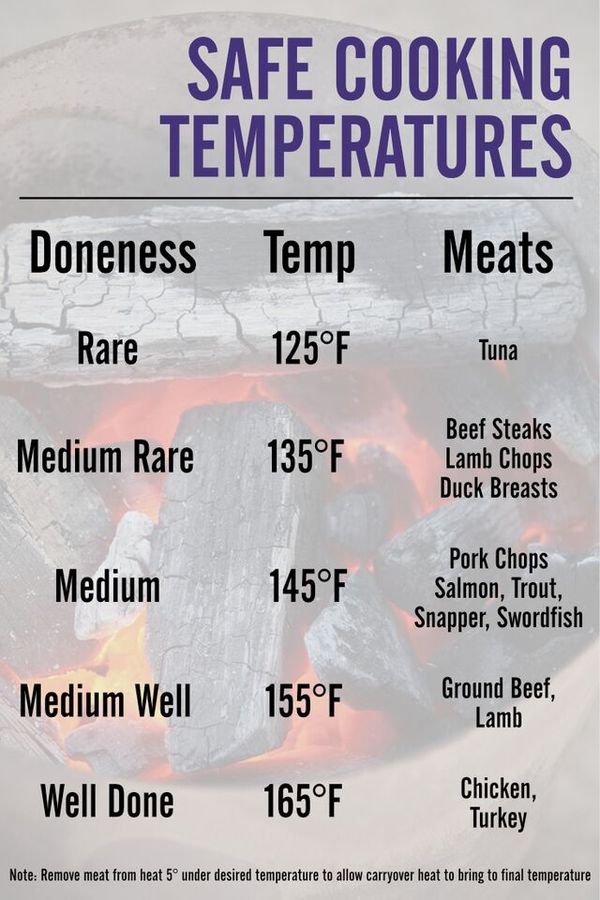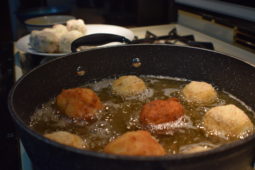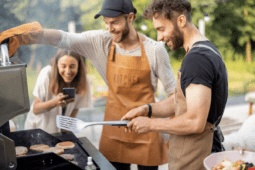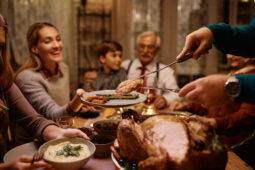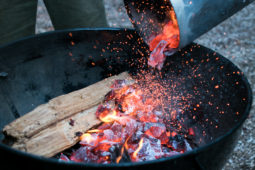30 Things Every Man Should Know About Grilling
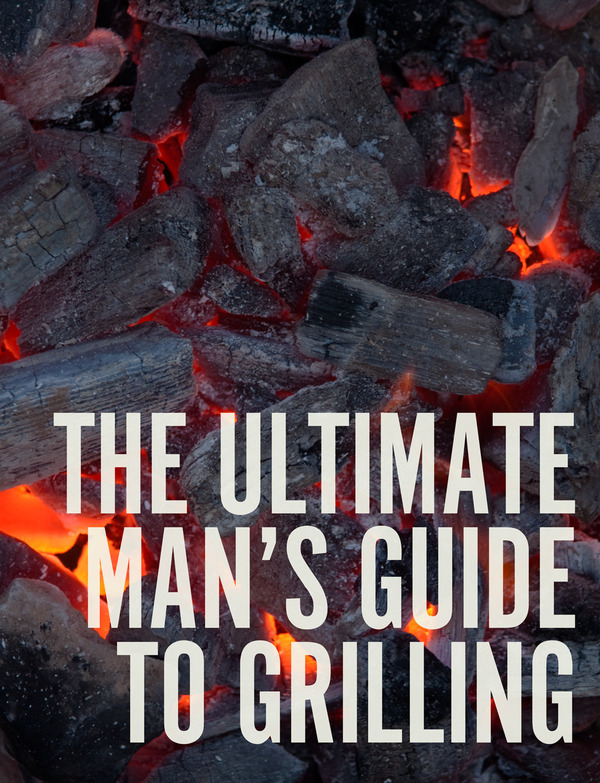
Grilling and barbecuing meals is one of modern life's true great privileges. Earlier communities cooked over the open flame out of necessity, but we choose to adds layers of smoke, fire, char, and salt because some foods just deserve it. To light a fire and cook your meal upon it is a ritual of gratitude that honors the ingredients, the technique, and the time it requires to make it work. It is, in every way, an opportunity to make food special again.

That's why we teamed up with our friends at Murphy-Goode Winery, who are all about good wine, great friends, and amazing backyard barbecues. This year, Murphy-Goode is celebrating their thirtieth anniversary, so we're sharing our thirty favorite grilling tips, ideas, techniques, and bits of knowledge to help you produce the best food your grill can produce. Here we go.
1. Your steak has six sides, not two. Don’t waste opportunities to create more flavor. Season and brown your meat on top, bottom, and all four edges for maximum crust potential.
2. Flames do not make your food taste good. Heat and smoke make your food taste good. You’re not “flame broiling” your steak… you’re burning it. Grilling over orange flames produces unpleasant, acrid flavor, so wait for glowing coals covered in an even layer of ash, and keep a spray bottle around to squelch flare-ups.

3. You’re not grilling unless you have a drink in your hand. It could be anything you want: a glass of wine, mug of coffee, tall tumbler of iced tea. But grilling is a labor of love; you're there cause you want to be. Take your time, and enjoy it.
4. Be aware of cross contamination. You know that pair of tongs you used to put that chicken on the grates? Don’t use that same pair to take the chicken off the grill. Keep two sets of tongs, plates, pans, etc., on hand for pre- and post- cooked goods; or scrub thoroughly with soap and water before using them again.
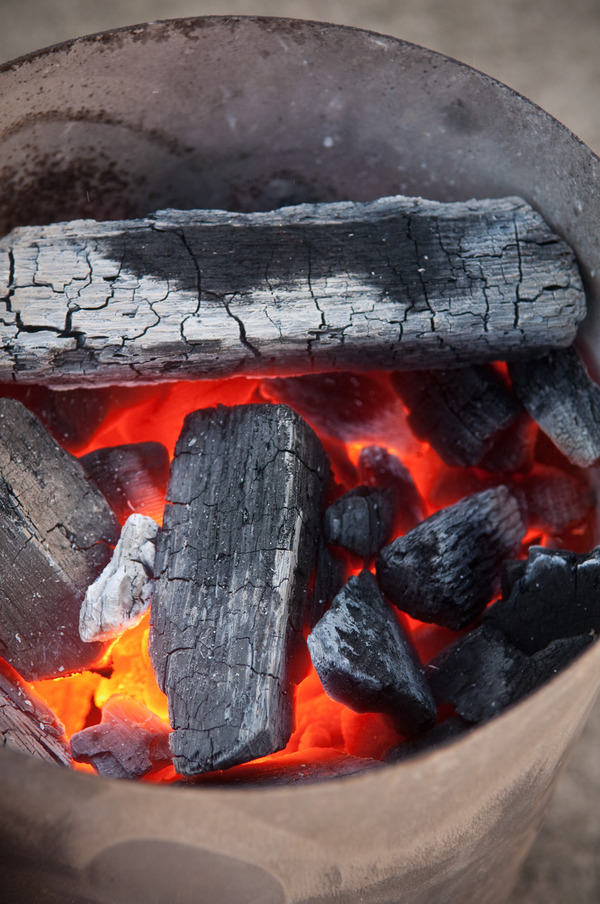
5. A chimney starter is the only way to light charcoal. Real men don’t use lighter fluid. They use their brain, airflow, and a chimney starter to get charcoal glowing hot. If you own a kettle grill, you need a chimney starter and to know how to use it. Fortunately, it couldn’t be simpler.
6. BBQ is safe to eat at 145°. It is delicious at 195-205°. Most pork and beef cuts used for barbecuing (brisket, Boston butt) are USDA approved to eat at 145° F. But, these tough cuts really shine closer to 200°F, where the collagen and meat fibers have broken down and become fall-apart tender. Our current standard temp is 201.5°F.
7. Toss that plastic case, and assemble the ultimate à la carte collection of grilling tools. (Note – there are no gigantic forks required):
8. Grilling is about balancing convection and conduction. Your food gets cooked in two ways on a grill: the direct temperature exchange between the heated grates and the food’s surface (conduction), and the hot air and moisture than surrounds the food (convection). Understanding that your food is being transformed by both is the key to balancing a great crust and food that gets cooked through to the proper temperature.
9. Pressing down on your burger is a sin. When you press on griddle, you fry a burger in its own juices. When you press on grill grate, you squeeze out those flavorful juices and let them fall to their tasty, tasty death on the heat below. Smashing with a spatula produces a satisfying sizzle, but a sub-par burger.
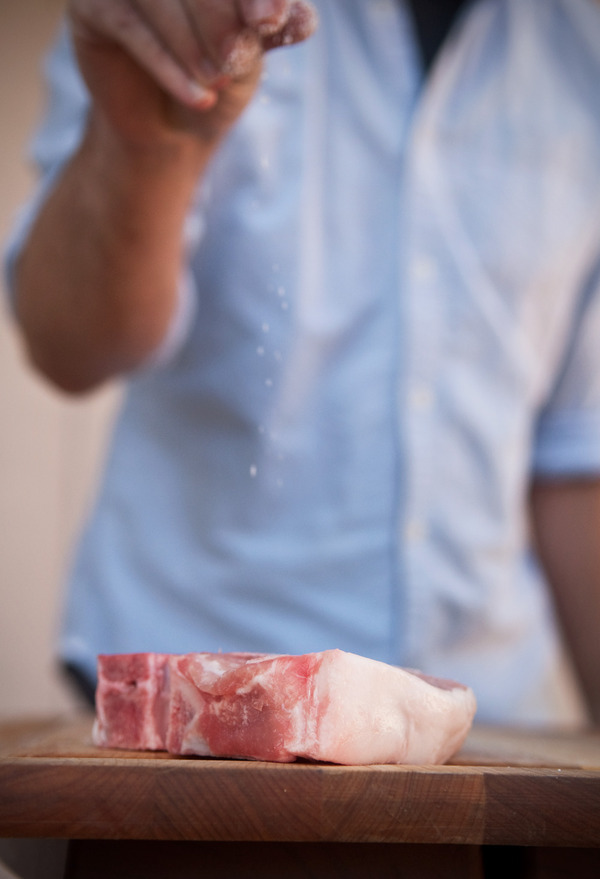
10. Season from on high. Large pieces of protein are big, and need a lot of seasoning to bring out the flavor and create a great crust. Grab a big pinch of kosher salt and let it fall from 10-14” above the food to evenly distribute it across the surfaces. If it looks like it’s snowing, you’re doing it right.
11. You can do a whole lot with heavy duty aluminum foil. It’s a pan, a lid, or a fireproof play dough that allows you set up all kinds of contraptions to control the heat. Learn to love it.
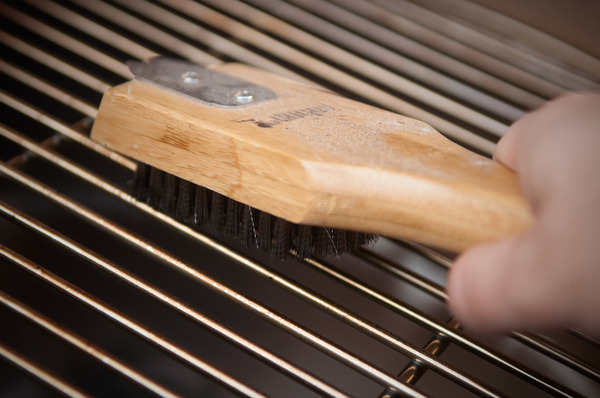
12. Clean grates and oil after each grilling session. Start with a clean grill every time by getting into the habit of cleaning and oiling the grates immediately after grilling. Don’t wait until the food gets cold and hardens. Use a quality grill brush to clean the grates, then oil them with several paper towels dipped in vegetable oil. This creates a non-stick surface for the next time you grill.
13. Use your hand to gauge temperature. A charcoal fire doesn’t come with a medium-low preset. Instead, place your hand over the fire and start counting to determine when it’s time to add your ingredients.

14. Don’t add BBQ sauce and glazes until the end. These things are full of sugar, and sugar burns. Wait until the last five-to-ten minutes, once the food has mostly cooked, to add sauces and glazes. Then, after it rests, slather on some more.
15. Cast iron and stainless steel cookware are a grill’s best friend. Each can safely be used on any grill surface for sauces, mops, or to cook small ingredients that would fall through the cracks. Cast iron can be placed directly in the hot coals.
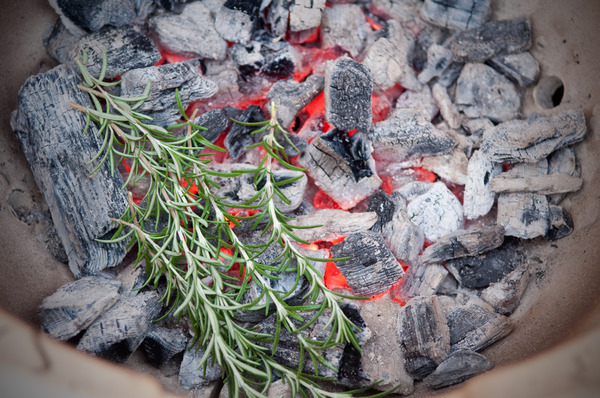
16. Smoke [with] herb[s]. Adding woody herbs like rosemary, thyme, oregano, and sage to your fire creates flavorful smoke that coats the wood. Just soak them in water before using to encourage smoldering and prevent burning.
17. You should salt big food way ahead of time; as much as 2-3 days. Larger cuts like steaks, chops, roasts, whole chickens, etc., all benefit from a “dry brine,” which allows the salt to penetrate deep into the meat. Seasoning ahead of time and allowing them to dry out in the fridge produces moister meat and a more flavorful crust. Grilling on Saturday? Season your steaks Wednesday night.
18. Know cooked temperatures, and which food belongs in each category. Don’t memorize numbers for different proteins. Rather, learn the standard temperatures and which foods belong in each category. 165°F is well done whether it’s fish, chicken, pork, or beef.
19. Grill marks are beautiful, and overrated. Yeah, we eat with our eyes first, but we eat with our mouths most. Flipping the meat often helps for more even cooking and better crust development.
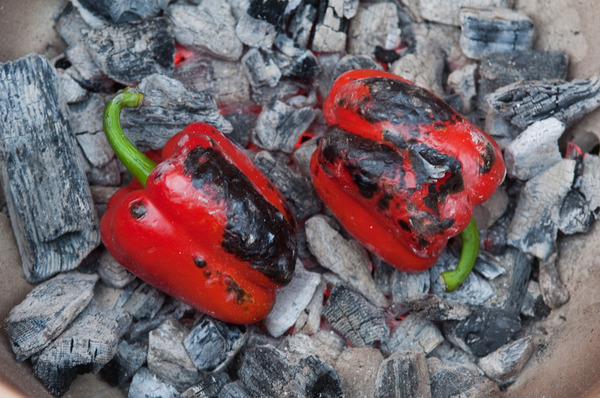
20. Don’t be afraid to use the coals directly. Not everything needs to stay on top of the grates. You can place peppers, corn, onions, potatoes, and shallots directly in the coals to roast them. You can even cook some steaks right on the surface of the coals. Since there’s no air in between the food and the fire, no flames can occur, producing off flavors.
21. Fireproof bricks are useful again and again. A set of four fireproof bricks can be used in variety of ways when grilling, and they're awesome to have on hand. Use them to elevate or add a second grill grate, to build an offset fire for low-and-slow cooking, or to wrap in foil and preheat to press food and cook from both sides.
22. Safety first. Keep a fire extinguisher handy whenever you're working with fire. A long hose attached to a spigot also works well, just make sure it reaches the grill. A spray bottle filled with water is a good tool to handle flare-ups.
23. Repeat after me: natural. hardwood. lump. charcoal. It burns hotter, cleaner, and more flavorfully than briquettes, and contains no fillers, additives or chemicals that will affect your food.
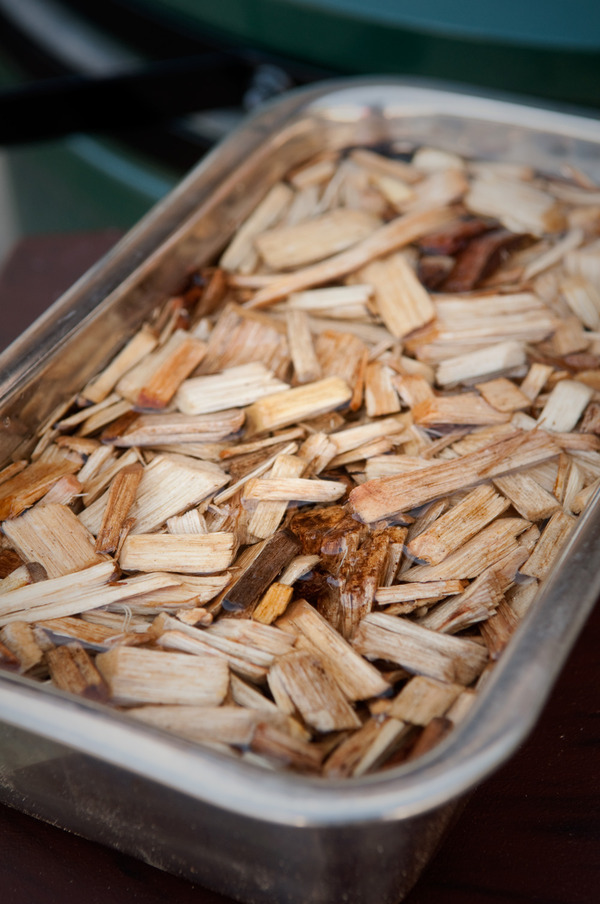
24. Where there’s smoke, there’s flavor. In case you haven’t heard, wood smoke is delicious. You can incorporate it into your grilling no matter what style of grill you have. For gas grills, use hardwood chips that you’ve soaked in water. Make a little pouch of aluminum foil or get a smoker box to keep them contained. For charcoal, use hardwood chunks or even dry logs and place them on top of, or beside, the coals. Species like oak, hickory, apple, cherry, and pecan are all versatile and taste amazing.
25. Gas grill temps are adjusted with knobs. Charcoal grill temps are adjusted with airflow. Combustion works and changes due to a fire’s access to oxygen. You can fine-tune even a charcoal or wood fire by adjusting how much air it’s able to process by using the vents on the top and bottom of your grill (or by the leaving the lid off). Invest in a good thermometer that you trust, and learn to dial it in just right.

26. Welders gloves are amazing grilling tools. You know those fabric grilling mitts are hard to use and then eventually catch on fire, so you have to replace them? Stop buying those. Your hands aren’t mitten shaped.
Instead, get yourself a pair of leather welders' gloves that cover the forearm. You can use them for everything while still being able to use your fingers like a proper human being.
27. Know the difference between indirect and direct heat. Understanding the balance between direct and indirect fire is the key to grilling food with a perfect crust and well-cooked insides. On a charcoal grill, this is achieved by banking coals to one side of the grill, or placing them to the outside with a cool zone in the middle (often with an aluminum pan in the middle). With a gas grill, this means setting the primary burner to high and keeping the others low, or even off.
28. Never cut into meat or fish as soon as it comes off the grill. You just excited all the juices inside; now let them calm down and redistribute so the flavor stays in the food, and not on the cutting board. Wait five minutes for small cuts like fish and chicken; ten for big cuts of beef, lamb, or pork; and up to twenty-five for whole roasts.

29. Finish your food with good salt. Salt not only adds flavor, but texture. Use kosher salt before cooking, but finish with a coarse salt like Maldon or a flavored herb or chile salt after cooking for an extra burst of flavor and crunch. Sea salt + garden herbs = more than the sum of its parts.
30. You can own a top of the line gas grill… you still need charcoal. It doesn’t have to be big, but you need to know how to cook over a live fire. Small, portable hibachis or kettle grills are inexpensive, and high-quality cuts deserve the flavor of hardwood smoke.
This post was sponsored by Murphy-Goode Winery. Thanks for supporting the sponsors who support ManMade!

Special thanks to The Big Green Egg Inc, who provided the Large Egg grill used in this article. Learn more about their products here.

